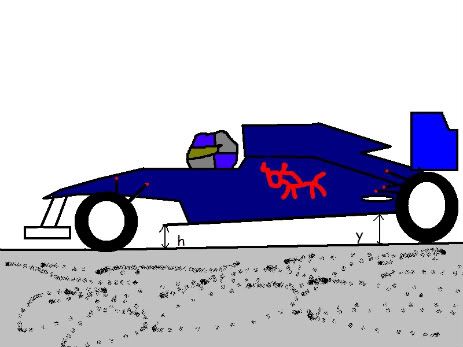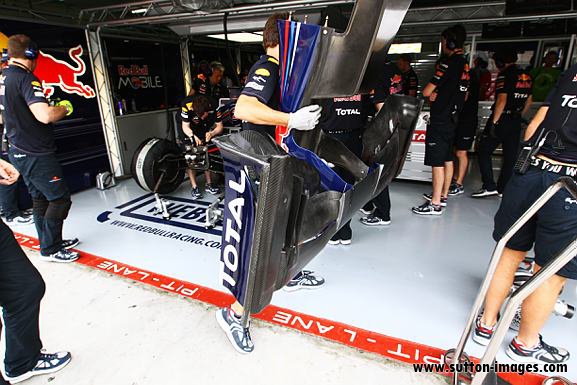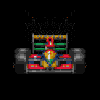I have no doubt that McLaren nose have been flexed in Malaysia.
It seem McLaren nose flex as much as Redbul.
- Login or Register
No account yet? Sign up

3.15 is impossible all bodywork flexes. Hence, we have 3.17, and if you pass 3.17 ,you've by proxy passed 3.15Ferraripilot wrote:richard_leeds wrote:Please humour us by quoting the parameter that is used to define acceptable, and then tell us where RB fail that parameter.Ferraripilot wrote:Therein lies the rub, legal. The component must not flex beyond the set parameter which all teams respect
The actual rule is 3.15 - no flex. 3.15 is defined by 3.17 and is more of a bylaw than regulation as it ties in to an actual regulation built to govern something. It states they know they wing is going to flex a little, so no flex beyond 20mm at 1000N applied at the 800mm mark on the wing with an adapter. They pass 3.17 which currently governs 3.15. However, it's not a debate that 3.15 is indeed broken. The test is flawed and I can't imagine the teeth gritting in having to define a new 3.17 which can actually uphold 3.15.
This is not rhetorical debate regarding language used in a rule as the language is simple.
My field is litigation, and there is no way I would hang my hat on this bylaw which is currently contradictory to the actual law.
Err no. 3.17 just defines the FIAs current test that enforces 3.15. The FIA reserve the right to modify that test without warning or consultation if they feel rule 3.15 is being abused.Pierce89 wrote:3.15 is impossible all bodywork flexes. Hence, we have 3.17, and if you pass 3.17 ,you've by proxy passed 3.15








It sure, was. I think I might have been the culprit there. I quoted an automatic greenhouse window opener which uses some clever wax to open the window when it's warm and close it when it's cold.raymondu999 wrote:So softening by heating? Wasn't this one of the speculations regarding their suspension, around China last year?scotty86 wrote:Sorry if this has been mentioned (cba to read through 38 pages of argument to check, in all honesty), but exactly how possible is it that Red Bull use heat affected materials and the principle of aerodynamic heating to achieve the resulting wing bending that they do? I don't claim to have vast material knowledge, so am wondering if such a material can even be realistic in F1, not to mention the fact that the speeds they reach (relative to air and spacecraft) aren't necessarily high enough to even generate enough heat...

